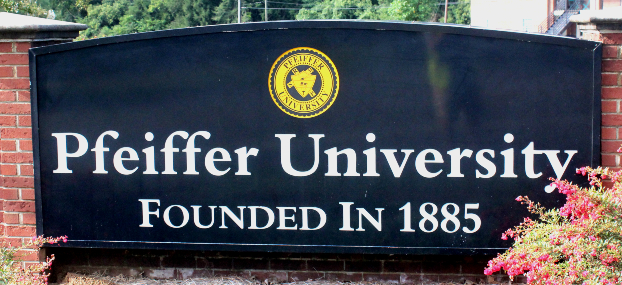Frances Hayashida, professor of anthropology and director of the Latin American and Iberian Institute at the University of New Mexico is co-editor of a new publication Rethinking the Inka: Community, Landscape, and Empire in the Southern Andes published by the University of Texas Press.
Hayashida’s co-editors are Andrés Troncoso and Diego Salazar, both associate professors of anthropology at the University of Chile.
The book is based on papers presented and discussed at a multi-day workshop in Chile that the three professors co-organized and which was co-sponsored by the Pre-Columbian Studies Program at Dumbarton Oaks (Harvard University).
“The workshop brought together prominent South American scholars from Bolivia, Chile and Argentina who study the southern part of the Inca Empire, called Qullasuyu by the Inka,” Hayashida explained, noting that “Inka” is an alternate spelling of “Inca” that many scholars use. “The fellowship represents some of the most innovative and empirically rich work on the Inka, yet it is little known to many in North America. This volume is the first to collect much of this scholarship in an English language publication.
The Incas conquered a huge area spanning five modern nations, but most English-language publications about the Incas focus on governance in the region of modern Peru. This volume expands the range of scholarship available in English by bringing together new and notable research on Qullasuyuthe largest of the four quarters of the empire, which stretched south from Cuzco to contemporary Bolivia, Argentina and Chile.
From the study of Qullasuyu new theoretical insights arise that complement and challenge what we think we know about the Inka, Hayashida said. While existing research emphasizes the political and economic justifications underlying state action, Rethinking the Inca looks to the vanquished themselves and reevaluates imperial motives.
The book’s chapters, incorporating over 200 photographs, explore the relationships between powerful local lords and their Inca rulers; the roles of non-humans in the social and political life of the empire; local landscapes remade under the Inka domination; and the appropriation and reinterpretation by the inhabitants of Inca objects, infrastructures, practices and symbols. Written by some of South America’s top archaeologists, Rethinking the Inka is poised to be a reference book in the field, according to reviewers.
Image: Hayashida at the Turi archaeological site in northern Chile, where she carried out fieldwork with her colleagues.







